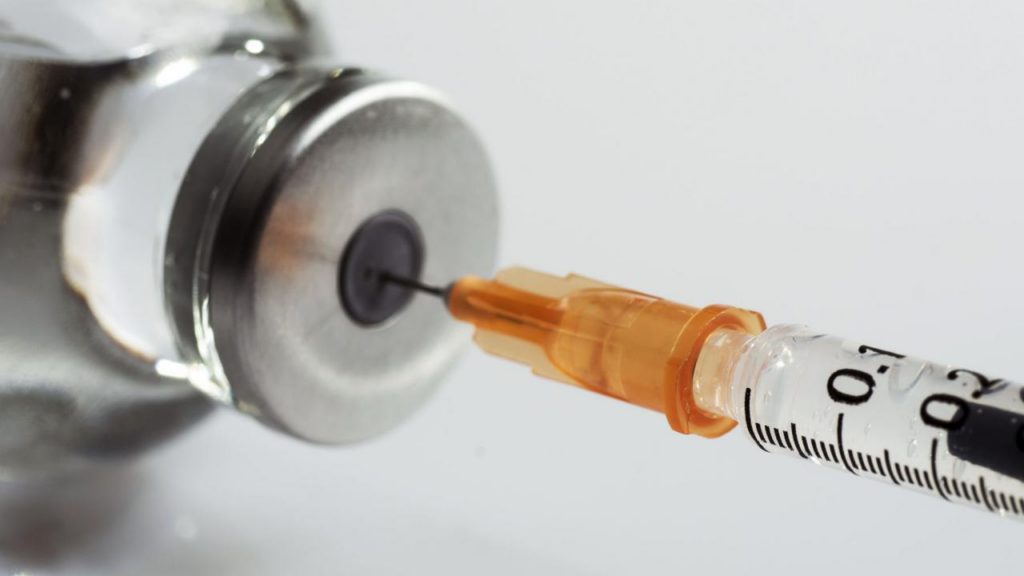Highlights
•
Prior S. aureus exposure makes the otherwise protective IsdB vaccine non-protective•
IsdB vaccine recalls non-protective humoral memory from prior S. aureus infection•
Specific antibody competition further reduces IsdB vaccine efficacy•
Staphylococcal MntC and FhuD2 vaccines are also blunted by prior S. aureus exposure
Summary
Humans frequently encounter Staphylococcus aureus (SA) throughout life. Animal studies have yielded SA candidate vaccines, yet all human SA vaccine trials have failed. One notable vaccine “failure” targeted IsdB, critical for host iron acquisition. We explored a fundamental difference between humans and laboratory animals—natural SA exposure. Recapitulating the failed phase III IsdB vaccine trial, mice previously infected with SA do not mount protective antibody responses to vaccination, unlike naive animals. Non-protective antibodies exhibit increased α2,3 sialylation that blunts opsonophagocytosis and preferentially targets a non-protective IsdB domain. IsdB vaccination of SA-infected mice recalls non-neutralizing humoral responses, further reducing vaccine efficacy through direct antibody competition. IsdB vaccine interference was overcome by immunization against the IsdB heme-binding domain. Purified human IsdB-specific antibodies also blunt IsdB passive immunization, and additional SA vaccines are susceptible to SA pre-exposure. Thus, failed anti-SA immunization trials could be explained by non-protective imprint from prior host-SA interaction.







